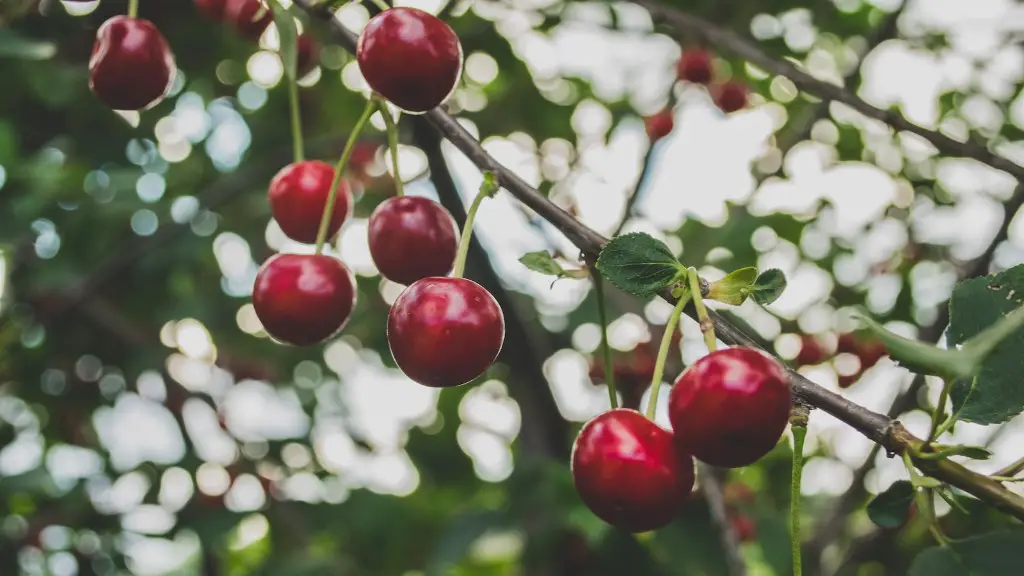When it comes to buying a lemon tree, there are a few important things to consider. Firstly, the climate. Certain types of lemon trees thrive in certain climates, so it is important to identify the climate of your location before making a purchase. Secondly, the size of the tree. If you have limited space, then a dwarf tree would be ideal, as it doesn’t require much pruning or maintenance. Thirdly, the type of tree. There are four basic types of lemon tree: Eureka, Lisbon, Meyer and Bearss. Each has its own characteristics, so the one you choose will depend on what you want from your lemon tree. Fourthly, the time of year. Most lemon trees have to be bought in winter or spring when they are dormant, so if it’s summertime, you’ll probably have to wait. Finally, consider the cost. Lemon trees vary in price depending on the size and type purchased, so make sure you know what you’re willing to spend beforehand.
Smart Shopping
Once you know what you want from your lemon tree, the best way to get it is through smart shopping. Researching different types of lemon trees and different sources can ultimately net you the best deal. If you’re buying from a nursery, be sure to ask the staff questions like what kind of soil the tree needs, what kind of protection it needs from the elements, and if they know of any special treatments the lemon tree might need. Similarly, if you’re buying online, be sure to read the reviews of previous customers to make sure the tree you’re getting is up to scratch. Finally, expect to pay a bit more for a well-tended lemon tree as opposed to a lesser-quality one.
Protective Measures
Once you’ve got your lemon tree home, it’s important to take the necessary precautions to ensure its health. Firstly, try not to keep it in direct sunlight, as this can cause damage to leaves and bleaching of fruit. Secondly, make sure to water it regularly, but not too much. Over-watering can cause root rot, and the tree won’t be able to absorb enough of the water it needs. Thirdly, dress the tree in fertilizer or manmade compost to give it nutrients. Lastly, during the autumn and winter months, use horticultural fleece or a plastic wrap to protect the tree from heavy winds and frost.
Harvesting and Pruning
After all the care you’ve taken of your lemon tree, all that’s left is to harvest those lemons! Most lemon trees have to be at least three years old to produce fruit, but the exact season of harvest differs from tree to tree. Bearss and Lisbon variants are usually harvested from August, while Eureka and Meyer from October. To ensure a good harvest every year, it’s important to prune the tree at least once a year. Pruning gets rid of unnecessary branches, ensuring that the tree doesn’t grow too much, and also helps the fruit ripen more quickly.
Pests and Diseases
Unfortunately, like any form of agriculture, lemon trees can be subject to pests and diseases. Badly pollinated blooms can attract pests such as spider mites and aphids, while diseases like scab, powdery mildew, and citrus blight can all cause harm to the tree and fruit. To prevent such harm, it’s important to pay attention to the tree’s condition. Early spotting of signs of damage or disease can go a long way- if you see any of these signs, it’s best to consult a specialist who can treat the tree with the appropriate chemicals.
Fruit Quality
The final thing to consider is the quality of the fruit. If you want to get an idea of how sweet the lemon is, give it a sniff! A good lemon should smell of citrus, but if it smells overly acidic or sour, then it’s best to leave it. Additionally, check for any soft spots in the skin. These can occur when air gets inside the lemon and burst the skin, making it vulnerable to pests and diseases. Lastly, check for discoloration. Lemons should be an even yellow, so be wary of any lemons that are orange in color.
Keeping It Healthy
Of course, all of this can only be achieved if you keep your lemon tree healthy. So, firstly, make sure that you have the right soil. Clay-based soil is best for lemons, as it absorbs water slowly and helps the roots to get a good supply of oxygen. Additionally, always prune and mulch the tree to stimulate new growth and keep away the pests. Lastly, use an appropriate insecticide to get rid of any persistent intruders.
Harvesting and Storing
When you’re harvesting the lemons, do so carefully so as not to damage the other fruit. The best way is to cut the stem just below the fruit and as close to the branch as possible. Once harvested, you can store the lemons in slatted wooden boxes with paper lining. This helps the lemons to breathe and will keep them fresher for longer. Additionally, lemons can also be frozen for future use.
Making The Most Of It
After all that hard work, you’ll want to make sure you get the most out of your lemon tree. You can make delicious drinks such as lemonade or lemon cocktails with freshly-squeezed lemons, or you could also use them in cooking or baking. Furthermore, lemon zest can be used in a variety of dishes, while the leftover leaves can be used as compost in the garden. Finally, if you have any leftovers, why not turn them into preserves such as lemon jam or marmalade?

